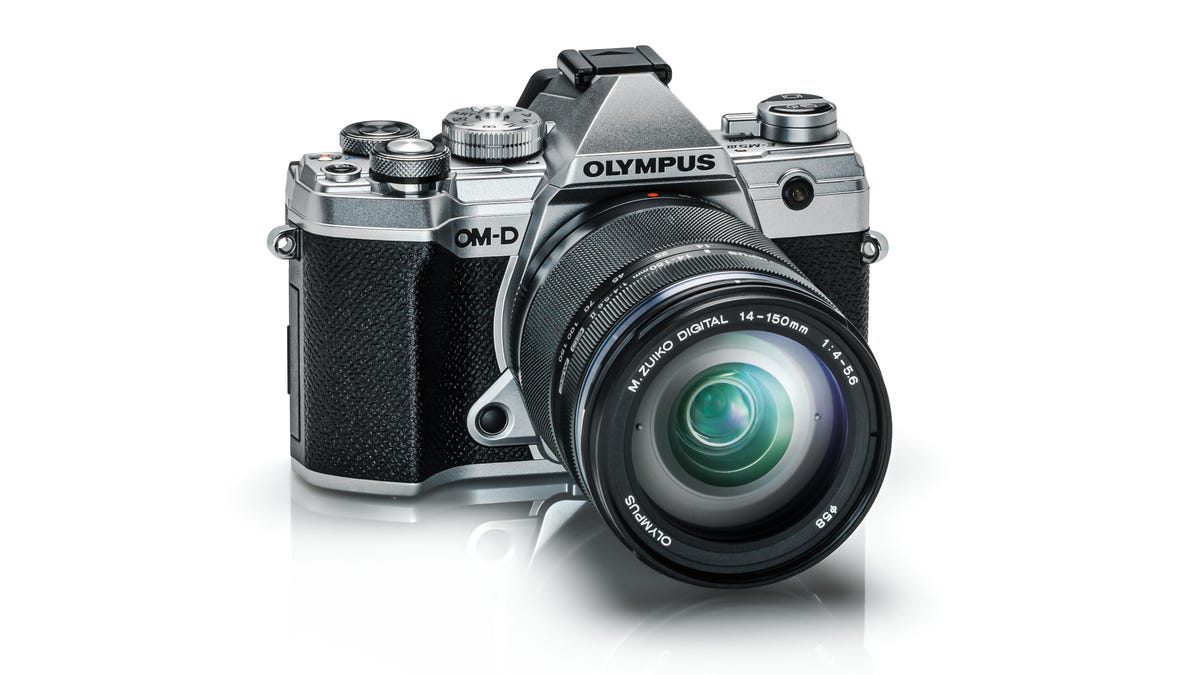Olympus OM-D E-M5 Mark III should feel like a new camera to old fans
After four years, Olympus' midrange enthusiast mirrorless finally gets some love.

Four years on, Olympus is finally showing its middle child some love. The OM-D E-M5 Mark III, an enthusiast mirrorless camera sandwiched between the performance-focused OM-D E-M1 Mark II and E-M1X above and the entry-level OM-D E-M10 Mark II below, has been languishing as a Mark II since February 2015. And now, like many a middle child, it's ready to receive its hand-me-downs from bigger siblings.
In this case, that means the revamped control layout on top, 20MP sensor, 121-point phase-detection autofocus system, Pro Capture prerecording mode, better weather sealing, 4K video-recording capabilities and more from the E-M1 models.
The top controls have been significantly revamped to align more with the E-M1 models.
In fact, there's enough new and better here that it should feel like a big upgrade if you're stepping up from the previous model and to distinguish it from the E-M10 Mark II. It's a little lighter, though the same size, and manages to preserve its (admittedly meh) 310-shot battery life while switching to the slightly smaller battery from the E-M10 models.
It's slated to ship in November at a body-only price of $1,200 and as a kit with the 14-150mm f4-5.6 II lens for $1,800.
Despite all the updates, though, it's still in a pretty tough position. Sony's A6500, which came out three years ago (and whose successor, the A6600, is due in November) fits a larger APS-C sensor into a body about the same size, with many of the same core capabilities (though without some, like a high-res mode), for a similar price. The Micro Four Thirds lenses used by the Olympus do tend to be smaller than Sony E-mount versions, which can keep the overall carry size of Olympus gear smaller, though.
Read More: Best Camera Gear and Cameras to Gift for the Holidays

